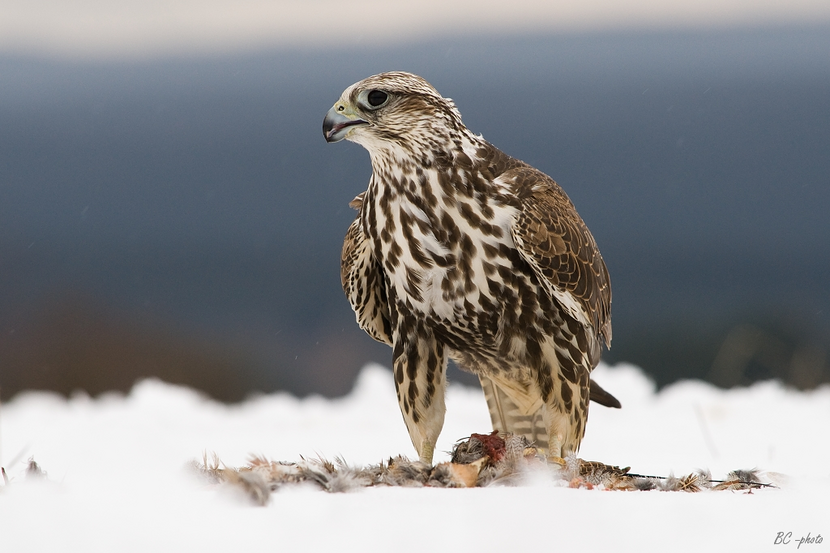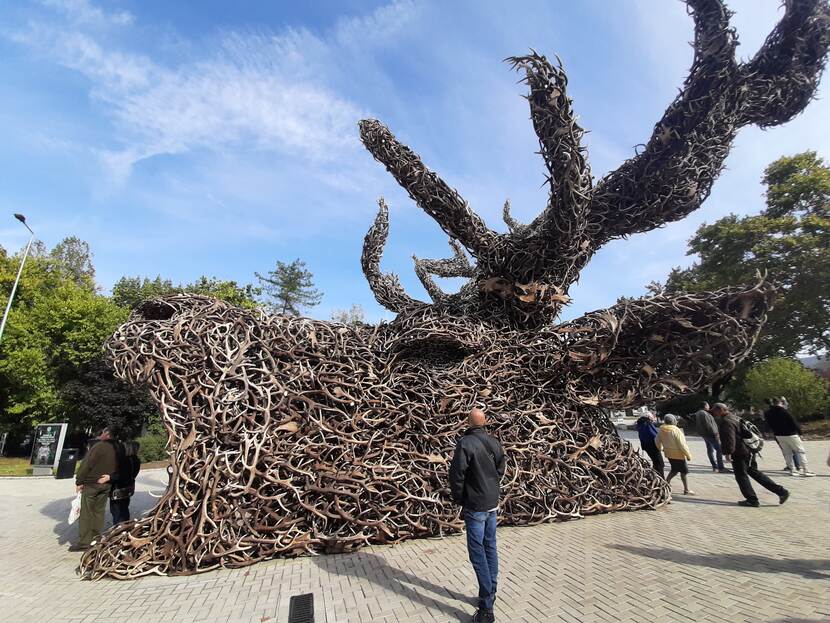Hungary: The question of animals and nature
Last Monday was World Animal Day. Animal welfare and nature conservation have been hotly debated topics in Hungary lately – And these topics have been pushed to front and center by various developments in the past weeks.

Academia and public service join forces
One important recent development is the launching of a new joint project for animal welfare this week. Spearheaded by the University of Veterinary Medicine of Budapest, Hungary’s first “Animal Welfare Codex” has been published. As a part of the initiative, the codex was signed by fourteen other prominent parties, including the National Police Headquarters, the Hungarian Veterinary Chamber, and the Budapest Zoo and others, on October 4, World Animal Day. Signatory parties include both NGOs and governmental bodies.
Rector Péter Sótonyi of University of Veterinary Medicine stressed that the codex is not only meant to serve the protection of household pets but all animals and that the signing parties have formed a community based on shared principles.
The drafting of the new codex was built upon a nation-wide animal welfare consultation, in which 262 thousand citizens participated. The codex states that the signing parties confirm their dedication towards animal welfare. This includes the upholding of animal welfare regulations, striving for the protection of biodiversity, promoting conscious consumer behaviors, and denouncement of animal cruelty and violence.
Governmental backing for animal protection
The government also threw its weight behind the new Animal Welfare Codex. Ministerial Commissioner Péter Osvádi has commented that for the achievement of the goals of animal protection laid down in the codex, the parties must cooperate fully. The Ministerial Commissioner who is in charge of the National Animal Protection Program has highlighted that the government sees animal welfare as a priority area, and that they aim to make Hungary one of the leading countries in Europe in the area of animal welfare within five years.
This goal is in line with the stated policy aims of the Ministry of Agriculture, which has also communicated this week on the occasion of World Animal Day that animal welfare and nature conservation are top priorities. The Ministry also stressed that they have created a fund of €393.8 thousand for the financial support of 67 animal welfare organizations, and that the work of the ten National Parks in Hungary are making great progress towards the conservation of Hungary’s unique natural environment. Examples of this are the 10% increase in the population of great bustards in the past years as well as the increase of the population of saker falcons to between 200 to 250 breeding pairs.

Green activists criticizing the government
Despite their promotion of the Animal Welfare Codex and their stated goals of protecting biodiversity and natural treasures, the current administration has come under scrutiny as the government-backed “One With Nature World Hunting Exhibition” has launched on September 25.
One organization that has strongly criticized the government’s nature conservation efforts is Greenpeace Hungary. On September 24, a day before the hunting exhibition started, Greenpeace activists hung a banner over one of the building-side posters advertising the expo on Hungária körút, a busy boulevard in Budapest.
The organization has stated that “while the government is advertising the hunting exhibition as a nature event, its budget is multiple times what they spend on real nature conservation, including National Park maintenance.”
The NGO also adds that while the government advertises its efforts made in the name of the protection of nature, Hungary has not had a ministry dedicated to the topic since 2010 and that because nature is now a part of the portfolio of the Ministry of Agriculture, nature conservation is routinely rendered secondary to agricultural priorities. Greenpeace also brings up one example for what they see as nature having a low priority: “[The government] has called one of their recent construction mega-investments at Lake Fertő a “beach expansion” and yet they are now filling 60 hectars of protected national park area with concrete,” the organization stated.
In their statement, Greenpeace highlighted that, while the net value of the annual national park budget is around €19.3 million, the net cost of the current hunting exhibition alone have been €47.5 million. (This estimation excludes the renovation costs of the Hungexpo site, which were €153.6 million).
Katalin Rodics, Greenpeace’s nature conservation expert has concluded that “the government has spent €47.5 million on the hunting expo … [which is] two and a half times the amount spent on all of the national parks in a year.”
***
In other news,
The Budapest-Belgrade team brings you curated newsflashes every Friday afternoon. These are quick, digestible, to-the-point briefings about all the latest developments in the Serbian and Hungarian agro sectors.
Today we bring you:

In the latest Serbia Newsflash, you can find out more about EU-Serbia trade developments, chicken and pig sector news, new companies entering Serbia's market and the success and expansion of the Green Corridors.

In last week’s Hungary Newsflash, you can read about pig sector subsidies, a nutrient regulation change, struggling fertilizer producers and apple orchard plantation grants.